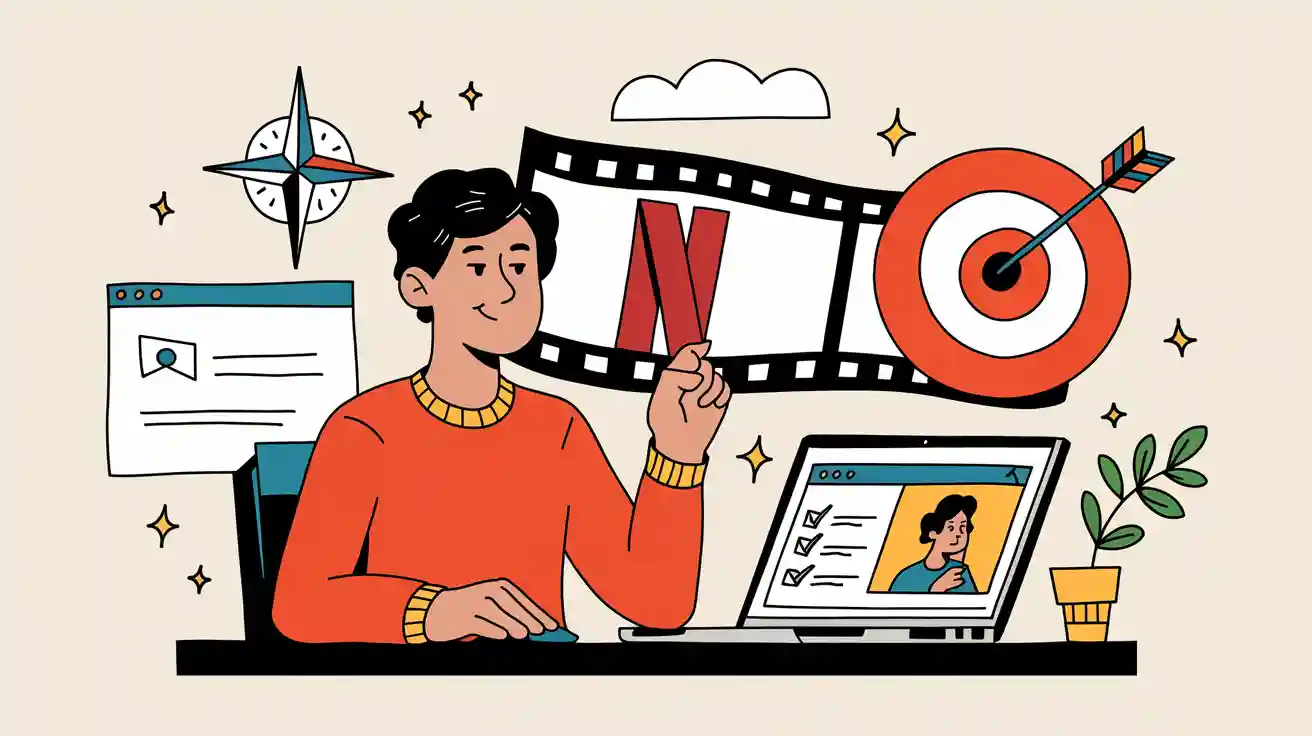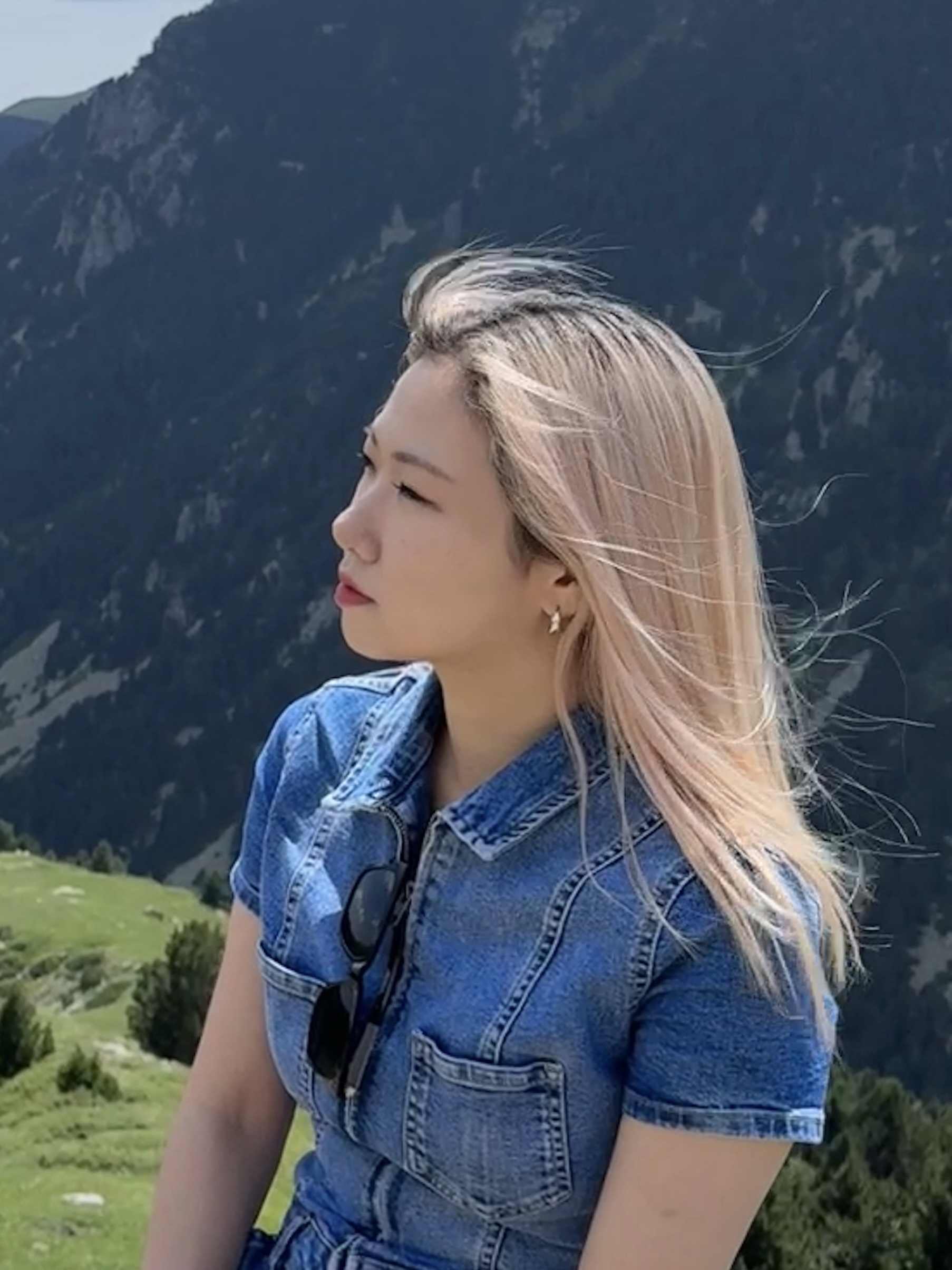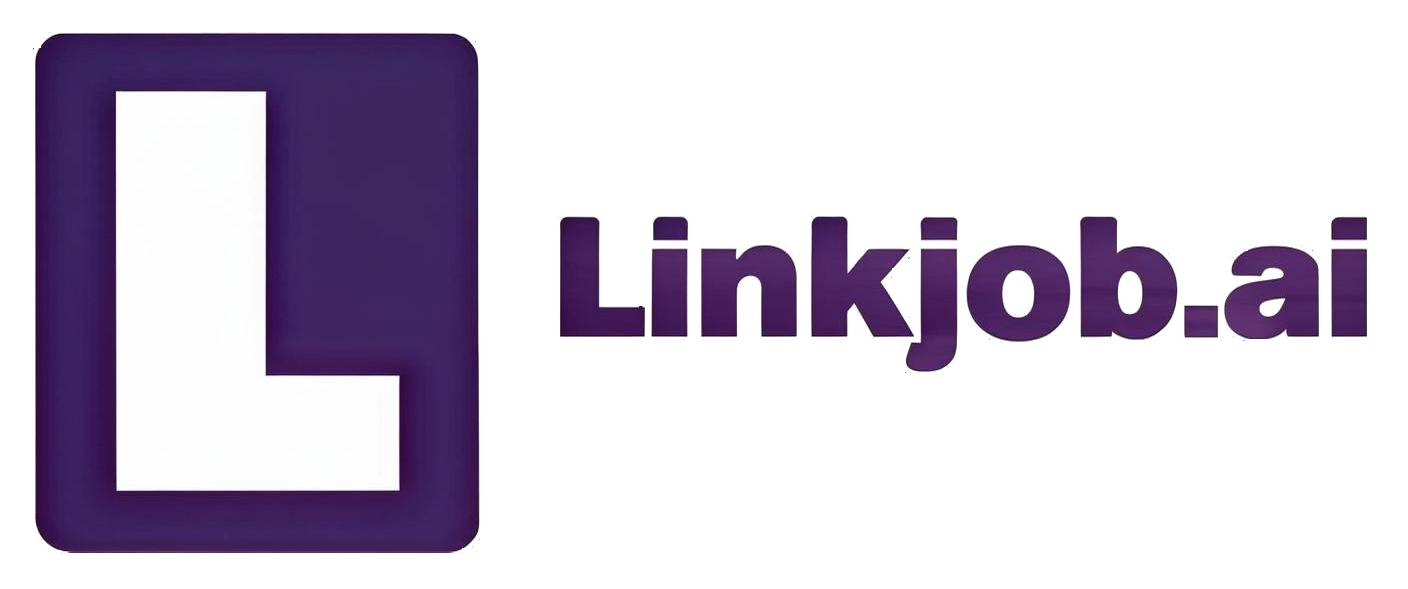My Recent Netflix Interview Process Timelines and Experience in 2025

My Netflix interview experience in 2025 showed me just how fierce the competition is. Out of thousands of applications for each role, only 1% to 2% make the cut. The process starts with a recruiter screen, moves to technical challenges, and culminates in several on-site interviews. Every single step rigorously tests your skills and cultural fit, proving that preparation is everything.
Netflix Interview Process
Stages of Netflix Interview Process
My interview with Netflix started after a recruiter reached out to me on LinkedIn. The entire process was a real roller coaster, lasting three months with a seemingly endless number of rounds. What surprised me was that after all that time, they told me I was the first candidate to complete the interviews for that role. On a side note, a friend I was interviewing with told me they saw the recruiter's email in their Gmail promotions folder, so that's something to check if you're not hearing back.
To get back on track, one unique thing about Netflix is their team-based hiring approach. The interviews don't just stop with a phone screen; they continue with a number of team members. Before the on-site "virtual" onsites, the Hiring Manager (HM) has an initial chat to decide if you'll move on to interview with more of the team.
In general, Netflix's interview process includes these stages: application and resume screening, recruiter phone screen, technical or role-specific interviews, on-site or virtual on-site interviews, and final interviews and the offer. You can view Netflix's official recruiting philosophy and process on their official website.
Timeline
Here's the detailed, 8-round process I went through for the technical role, which felt incredibly long:
Recruiter Phone Call: This was a simple introductory discussion. I shared my background and experience and explained why I was interested in the position.
HM Interview: This round involved a deep dive into my resume and projects, with very detailed questions. I also had a chance to chat with the HM about the team's current projects and challenges.
SQL Technical Screen: I was given 6 simple SQL questions to solve within 45 minutes. The questions were not difficult.
Technical Interview 2: This round focused on SQL, A/B testing, and ML-related questions, and it lasted a little under an hour.
Behavioral Questions (BQ) Interview: Netflix places huge importance on culture fit, so I had to answer the questions based on their specific logic and values.
Team Interview: This part focused on a product case and statistics-related questions. There were also some tech and BQ questions. I was even asked to explain my understanding of some of the team's projects.
Bar Raiser Interview: A manager from a different team reviewed my resume and past experience and asked situational questions.
HM Final Interview: The HM conducted one final interview, focusing again on culture fit.
The whole process was a real roller coaster ride for me, and I learned a lot. First and foremost, I learned about mindset management. I was laid off just two hours before my first technical interview. While still processing the news and dealing with everything, I mixed up the interview time, and it ended up being over before I could even start. Thinking it was better to get it over with, I asked if we could jump on a call immediately. The team member was incredibly kind and gave me the interview right away. I ended up getting through it in a daze.
Unique Features
Something I really want to emphasize is that Netflix truly values culture fit. Many companies claim to, but in reality, they're pretty relaxed about soft skills once you pass the technical round. This interview, though, forced me to thoroughly organize my answers for almost every behavioral question and logically structure my project experiences.
In addition, the interviews at Netflix were some of the most technically deep and mentally challenging I've ever experienced. They aren't satisfied with you just solving a problem; they're more interested in whether you can tackle ambiguous, complex, real-world issues. They look for solid system-level thinking, clear and efficient communication, and a strong alignment with their culture of excellence and high self-motivation. The questions were fresh and tied to real business scenarios, which felt intense, but I genuinely learned a lot from it!
During this long interview process, I also discovered a great tool for interview preparation. This tool can help with mock interviews and provide feedback, and it can also offer real-time answers during phone or video interviews.
Technical Interviews
Screening
When I started my Netflix technical interview journey, the recruiter asked about my experience with coding, system design, and teamwork. They wanted to know if I could solve real problems and work well with others. I made sure to highlight my skills in data structures and algorithms. I also talked about projects where I built scalable systems. This helped me show that I was ready for the next round.
Assessments
Netflix uses several types of technical assessments. Here’s what I faced:
Coding challenges that tested my knowledge of algorithms, data structures, and system design.
Online coding tests, such as CodeSignal, where I solved problems under time pressure.
Take-home assignments that simulated real engineering tasks. I had to write clean, efficient code and explain my design choices.
System design interviews focused on building large-scale, secure, and reliable systems.
Behavioral interviews checked if I fit Netflix’s culture and values.
I practiced problems like serializing binary trees, merging intervals, and designing scalable architectures. I also prepared for questions about A/B testing and optimizing network traffic.
Onsite Rounds
The onsite rounds were intense. I met with engineers and managers. Each interview tested a different skill. Some focused on coding, others on system design or cultural fit. I answered questions like “Design a rate limiter” or “How would you optimize a streaming service for millions of users?” I stayed calm and explained my thought process step by step.
Preparation
Here’s how I prepared for Netflix’s technical interviews:
I mastered core topics like arrays, trees, graphs, and dynamic programming.
I practiced on LeetCode, focusing on Netflix-style problems.
I focused on writing simple, readable code and explaining my solutions clearly.
I reviewed system design case studies and security best practices.
Non-Technical Interviews
Screening
When applying for a non-technical role at Netflix, the first step is a recruiter screen. Recruiters want to understand why Netflix was chosen and how a candidate's background matches the job. It's crucial to highlight experience in product management and data analysis, keeping answers clear and focused on personal contributions. The recruiter also checks for an understanding of Netflix’s culture and values.
Role Assessments
After screening, candidates move to role-specific assessments. For product and business roles, this means tackling case studies and data challenges. This can involve analyzing a business scenario or suggesting ways to improve a product feature. It's important to explain the thought process and back up ideas with data. For finance roles, the assessment focuses on modeling exercises and market analysis.
Behavioral Rounds
Netflix places a strong emphasis on behavioral interviews. Questions are asked about handling direct feedback, making tough decisions, and leading projects. Using the STAR method keeps stories structured and concise. The focus should be on personal actions and results, not just what the team did. Staying positive and showing what was learned from each experience helps candidates stand out.
Cultural Fit
Cultural fit is a major factor at Netflix. Interviewers look for signs of judgment, curiosity, courage, and selflessness. They want to see if a candidate can thrive in a fast-paced, ambiguous environment. Sharing examples of adapting quickly, owning mistakes, and staying constructive under pressure is key.
Netflix Values | How I Demonstrated Them |
|---|---|
Judgment | Explained tough decisions |
Curiosity | Asked thoughtful questions |
Courage | Shared bold ideas |
Selflessness | Gave credit to others |
Preparation
To prepare, candidates should rehearse their stories and practice situational questions. Each example should be specific, honest, and show measurable outcomes.
Want to Confidently Tackle Every Stage of the Netflix Interview Process?
Linkjob helps you prepare for Netflix’s unique mix of behavioral, technical, and culture-fit questions with realistic mock interviews tailored to the role you want. You’ll get instant, targeted feedback to sharpen your storytelling and problem-solving skills.
And during the real interview, Linkjob provides real-time, context-aware suggestions so you can stay composed and deliver strong answers from start to finish.
Interview Questions
Technical Roles
Here are some of the most common types I faced:
Coding problems (like implementing a queue with two stacks or optimizing a search algorithm)
System design questions (such as designing a scalable video streaming service)
Debugging and testing scenarios
Data structure and algorithm challenges
Real-world problem-solving (for example, improving a recommendation engine)
I explained my approach step by step, which helped interviewers follow my logic. I avoided memorized answers because Netflix rotates questions often.
Non-Technical Roles
For non-technical roles, the questions felt just as challenging but focused more on business thinking and collaboration. Here are some of the most common questions:
Product case studies (like how to improve a Netflix feature)
Market analysis and business modeling
Data interpretation and decision-making
Behavioral questions about teamwork and leadership
Situational questions about handling feedback or conflict
You need to back up your answers with data and real examples.
Culture and Values
Netflix puts a huge emphasis on culture and values. Many questions come straight from their Cultural Memo. Here are some themes I encountered:
Question Theme | What They Look For |
|---|---|
Understanding Company Culture | How I interpret Netflix’s values like courage and curiosity |
Alignment with Cultural Memo | Which values resonate with me and why |
Handling Multitasking and Prioritization | How I balance tasks while supporting my team |
Managing Disagreements with Managers | How I handle respectful disagreement and feedback |
Self-Improvement and Feedback | How I learn from mistakes and grow |
I always stayed authentic. I shared real stories, even if they showed my imperfections. Netflix values diversity and wants to see how I handle feedback, defend my ideas, and work with others.
Success Tips
Preparation
When I prepared for my Netflix interviews, I focused on building a strong foundation. I started by studying Netflix’s culture deck and core values. This helped me understand what the company looks for in every candidate. I reviewed the job description and made sure my resume matched the skills and experience needed. I practiced coding and system design problems, always thinking about how my solutions would scale for millions of users. I used mock interviews to get comfortable with both technical and behavioral questions. I also set up my interview space for remote interviews: good lighting, a quiet room, and a reliable internet connection made a big difference.
Mindset & Resilience
On interview day, I arrived early, used positive affirmations, and took mindful moments to reset between rounds. I reflected on each interview afterward, looking for ways to improve. I shared stories that showed how I handled high-pressure situations, made tough decisions, and learned from feedback. I always tried to show self-awareness and a growth mindset.
I practiced empathy and clear communication.
I balanced speed with careful thinking during problem-solving.
I stayed open to feedback and showed how I improved over time.
Standing Out
To stand out at Netflix, I made sure to align my answers with their culture of freedom, responsibility, and innovation. I prepared strong stories using the STAR method, highlighting real results and ownership. I showcased unique projects that demonstrated creativity and initiative. I asked thoughtful questions at the end of each interview to show my genuine interest. Practicing with Linkjob helped me refine my answers and get used to real-time feedback, which boosted my confidence. I also reached out with personalized follow-up emails, which increased my chances of getting noticed.
FAQ
What should I wear for a Netflix interview?
I always choose business casual. I want to look professional but feel comfortable. For virtual interviews, I make sure my outfit looks good on camera. A simple shirt or blouse works well. I avoid flashy patterns.
How do I handle tough technical questions?
I stay calm and break the problem into smaller steps. I talk through my thought process. If I get stuck, I ask clarifying questions.
How can I show I fit Netflix’s culture?
I share stories that highlight ownership, curiosity, and courage. I talk about times I made bold decisions or learned from feedback. I always connect my experiences to Netflix’s values.
What if I don’t know the answer to a question?
I admit it honestly. I explain how I would approach the problem or where I’d look for solutions. I show my willingness to learn. Staying positive and open-minded helps me recover quickly.
How do I follow up after my interview?
I send a thank-you email within 24 hours. I mention something specific from our conversation. I express my excitement about the role. This shows gratitude and keeps me top of mind.

